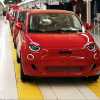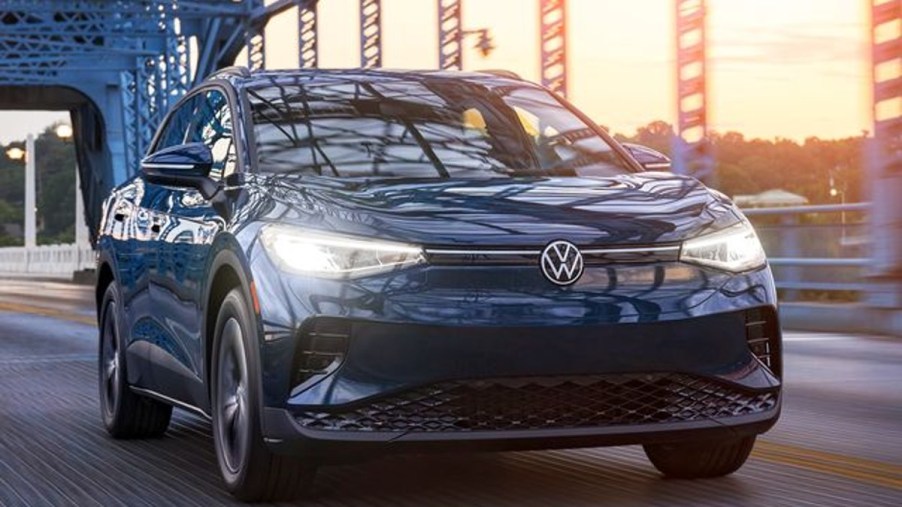
Volkswagen Checks off an Important Box With the New ID.4 Production in the United States
The latest version of the Federal EV Tax Credit, which is part of the new Inflation Reduction Act, comes with a lot of strong attached. This new act basically forces the hand of many automakers to begin building their EVs in the United States. Most recently, the Volkswagen ID.4 production for US-sold models moved from overseas to their facility in Chattanooga, Tennessee.
Is it strange or fortuitous timing for the Volkswagen ID.4?
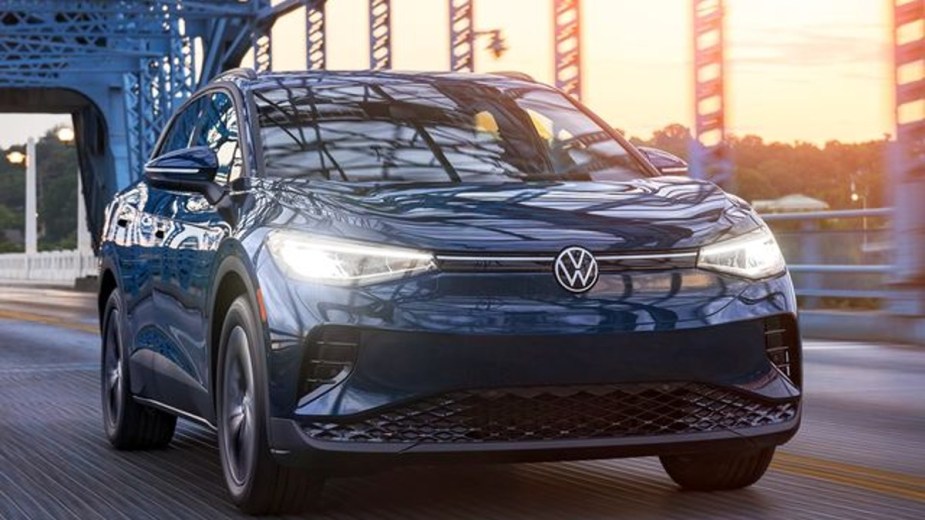
As Forbes reports, the ID.4 production moved to North America as part of a plan that was in motion years ago. This isn’t too shocking, considering many automakers have assembly plants in the same markets where they sell products.
That said, the U.S. Inflation Reduction Act, which went into effect on August 16, spells out the restrictions and requirements for EVs to qualify for the new Federal EV Tax Credit.
Are there other requirements VW needs to meet?
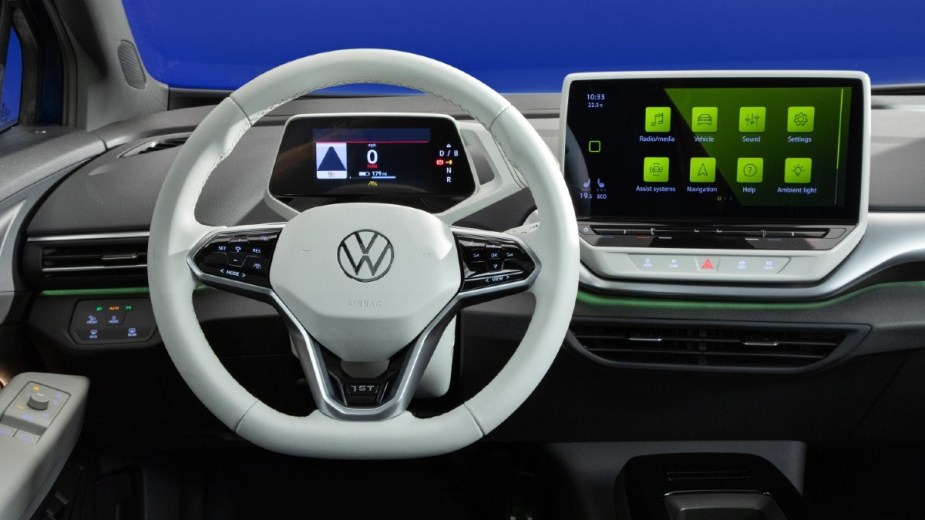
Another aspect of the new tax credit involves a disassociation with China while sourcing materials for the lithium-ion batteries used in electric vehicles. Currently, no electric vehicles in the market qualify to pass these new restrictions. Thankfully, Congress passed a phase-in requirement for these materials, allowing automakers to seek out approved sources for the required materials.
Do most electric vehicles qualify for the new tax credit?
Even though VW is a bit lucky with the timing of the production move for the Volkswagen ID.4, the Alliance for Automotive Innovation reports that 70% of the EVs sold right now would be disqualified from the tax credit. Currently, 72 models are electrified including battery-electric, plug-in hybrid, and fuel-cell electric vehicles. Traditional hybrid vehicles do not qualify for the tax credit. With most of these EVs disqualified, it makes us wonder if shoppers will avoid EVs if they can’t receive the tax credit.
How popular is the Volkswagen ID.4?
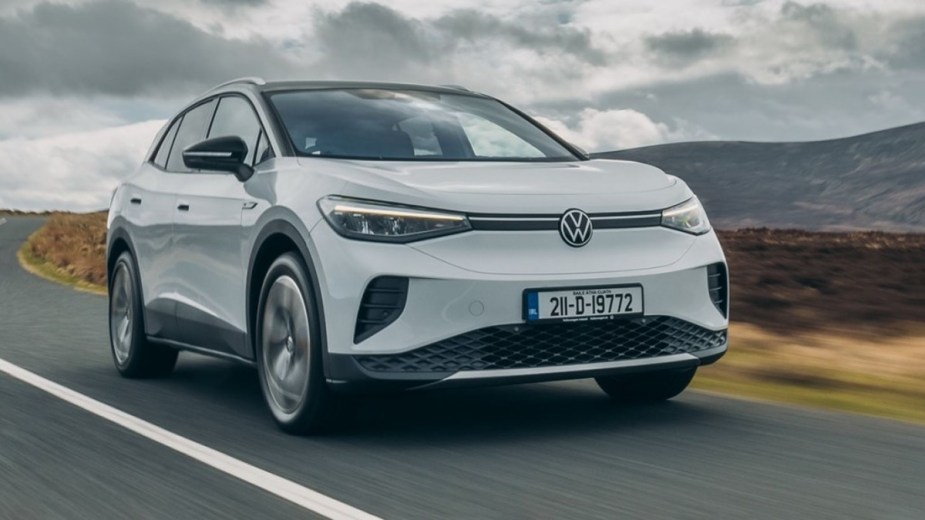
Hein Schafer, senior vice president, Product Marketing and Strategy at Volkswagen of America, reported that the ID.4 is the fastest-selling model in the entire U.S. lineup. Currently, the brand has more than 30,000 advance reservations for this compact crossover electric SUV.
The move to build this new EV in the United States makes perfect sense, even if it did cost the brand $800 million in additional investments in the U.S. market.
This compact electric SUV was the right entry for VW
The ID.4 heads into the 2023 model year with continued practicality and comfort to offer the driving range and desired size. With many consumers in North America turning toward smaller SUVs, this new VW was the right model to begin the EV path for the brand.
The Volkswagen ID.4 brings RWD models with one motor and 201 horsepower or a two-motor layout with 295 horsepower. The maximum driving range is 275 miles, even though the lower-powered, single-motor model only reaches 208 miles of driving range.
Did Volkswagen move production to the U.S. just in time?
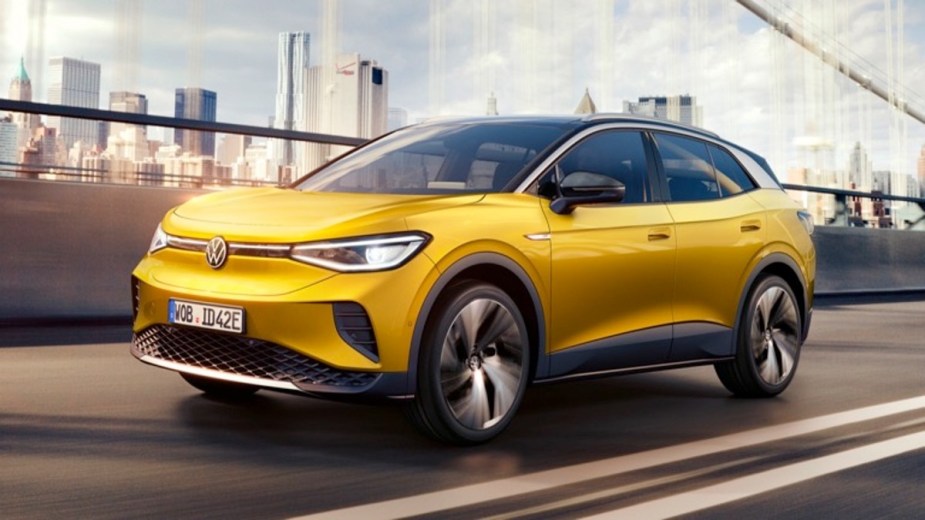
Often, we think of just-in-time production as a way to build just enough of a product at the right time for sales. The switch to U.S. production of the Volkswagen ID.4 might be just in time for the new Federal EV Tax Credit regulations, but it’s really only fortuitous timing.
Regardless, most of the new VW ID.4 SUVs heading to the market can wear the “Made in USA” stamp and qualify for the full EV tax credit. This is good news for consumers who are considering the ID.4 SUV.
Next, check out some vintage electric vehicles, or learn more about the Volkswagen ID.4 in the video below:
